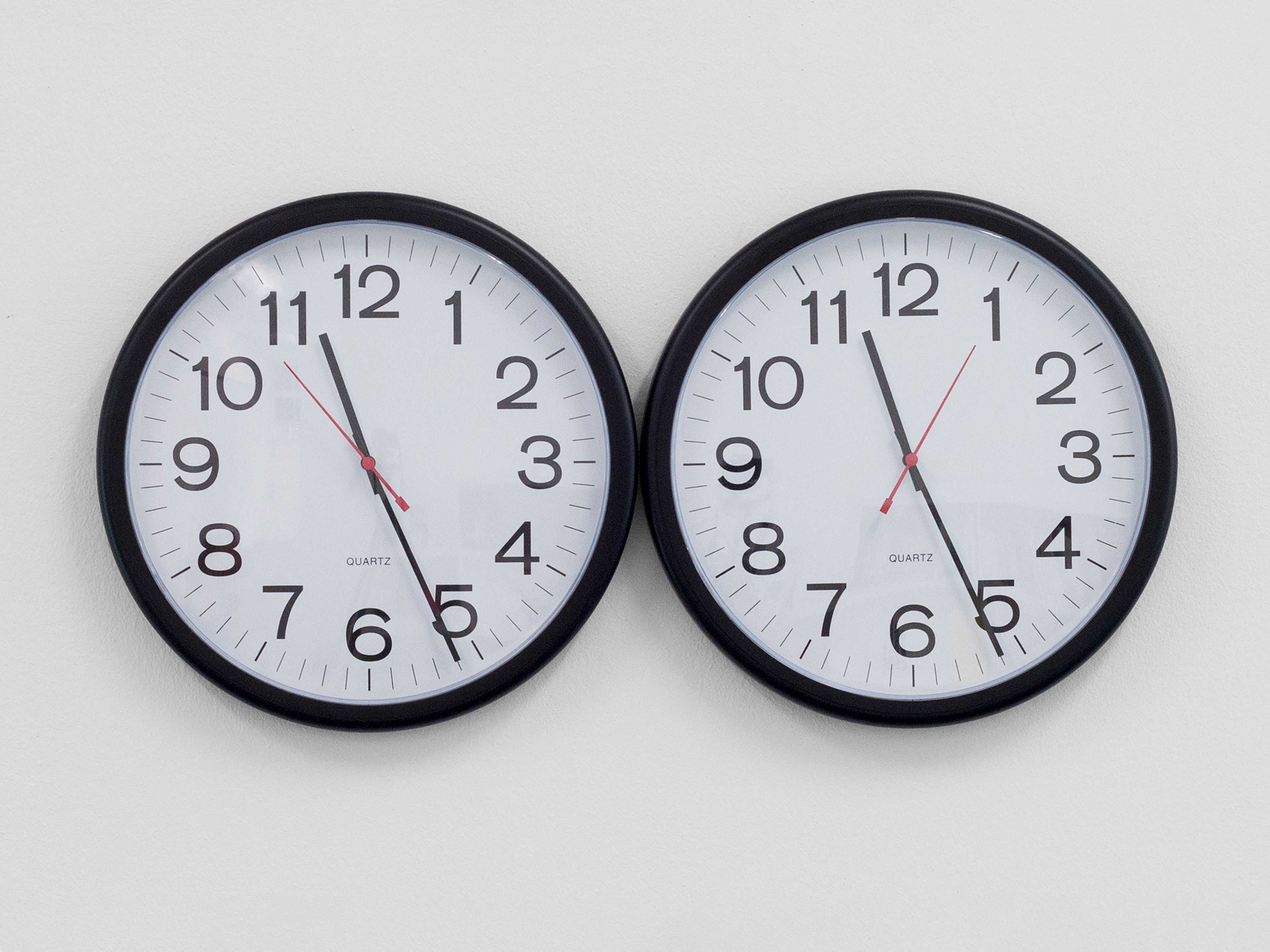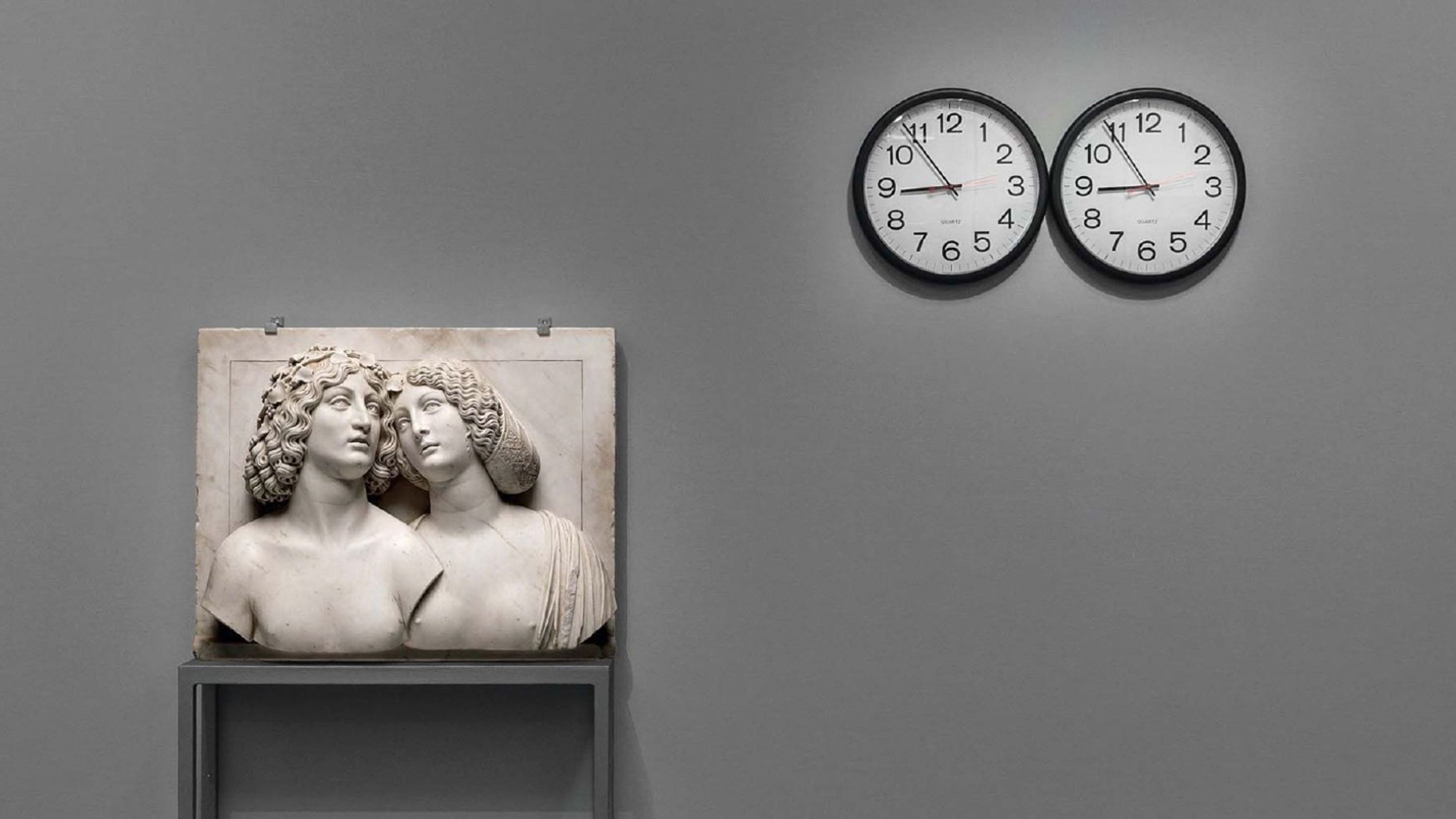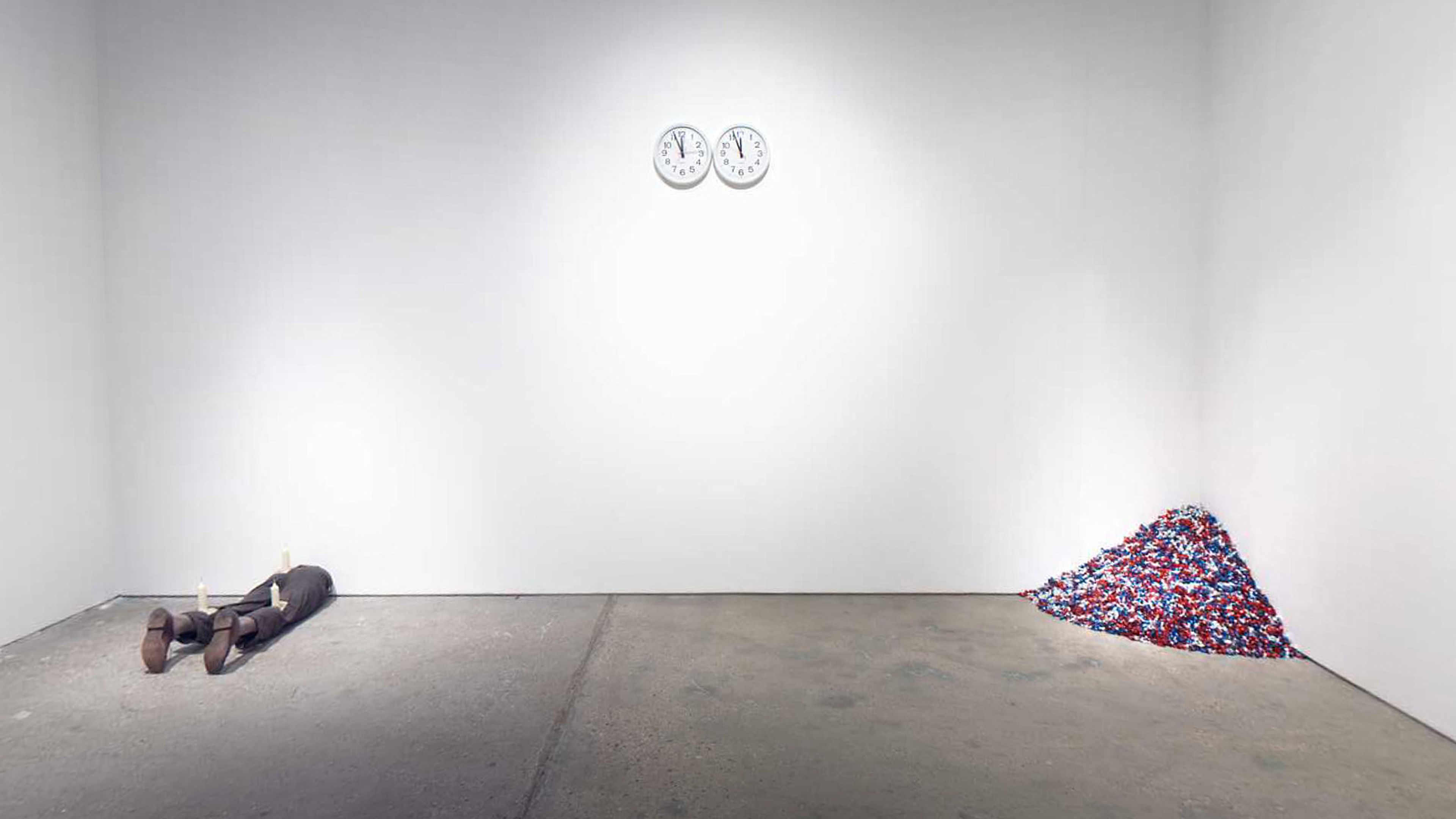Exceptional Works: Felix Gonzalez-Torres
"Untitled" (Perfect Lovers), 1987-1990
Wall clocks Two parts; ideally installed above head height Original clocks: 13 1/2 inches diameter each
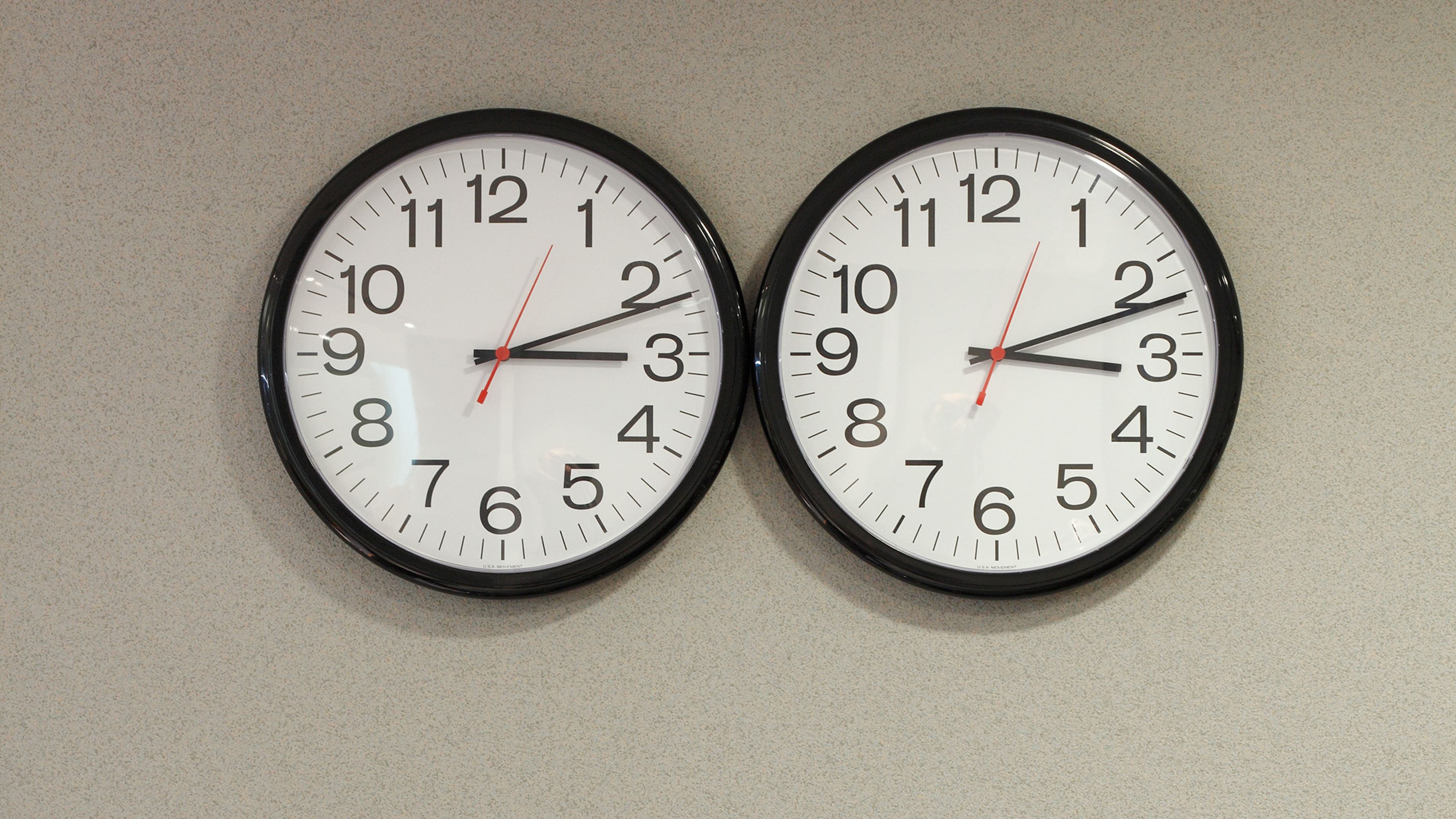
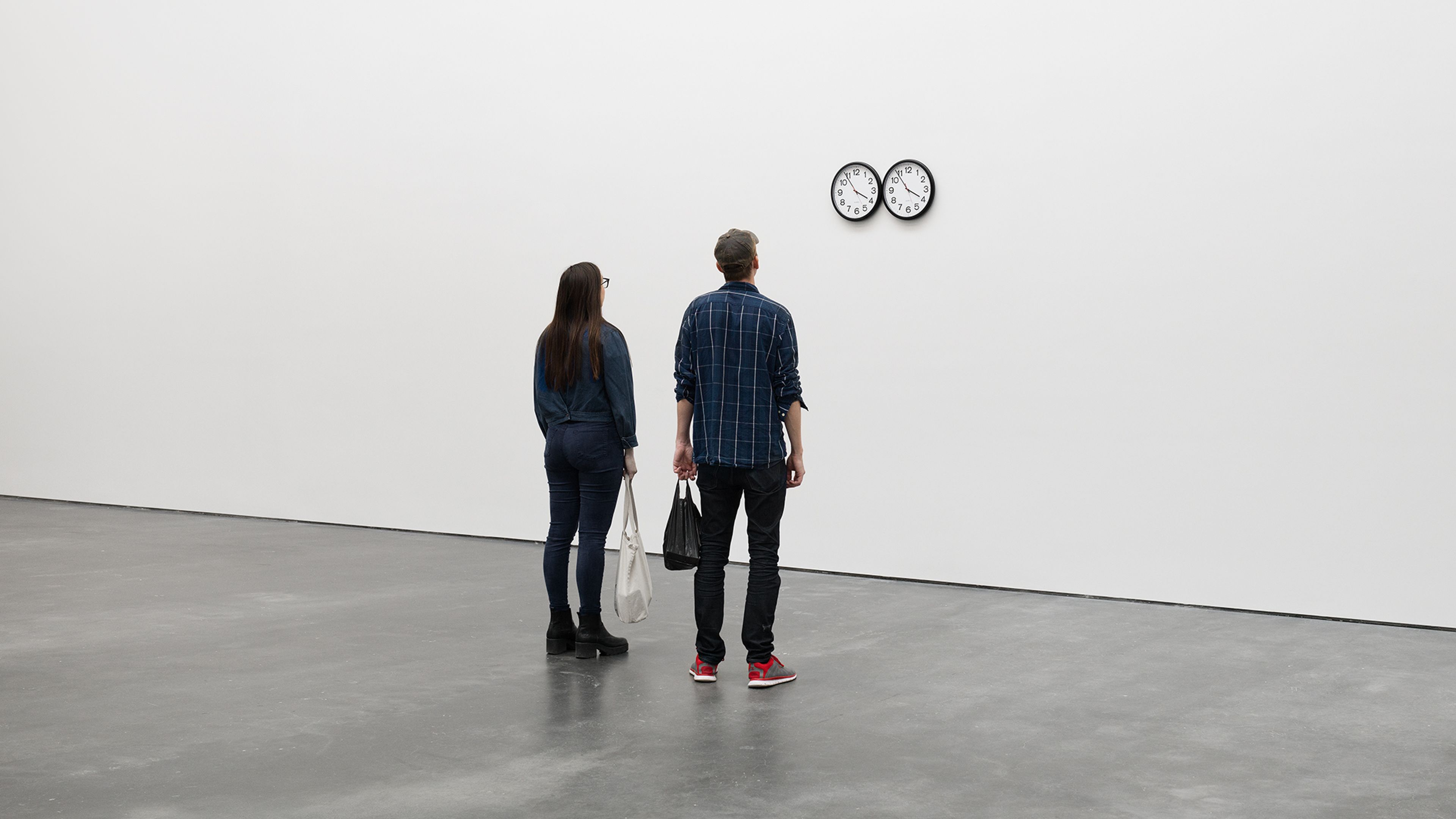
Felix Gonzalez-Torres, "Untitled" (Perfect Lovers), 1987–1990
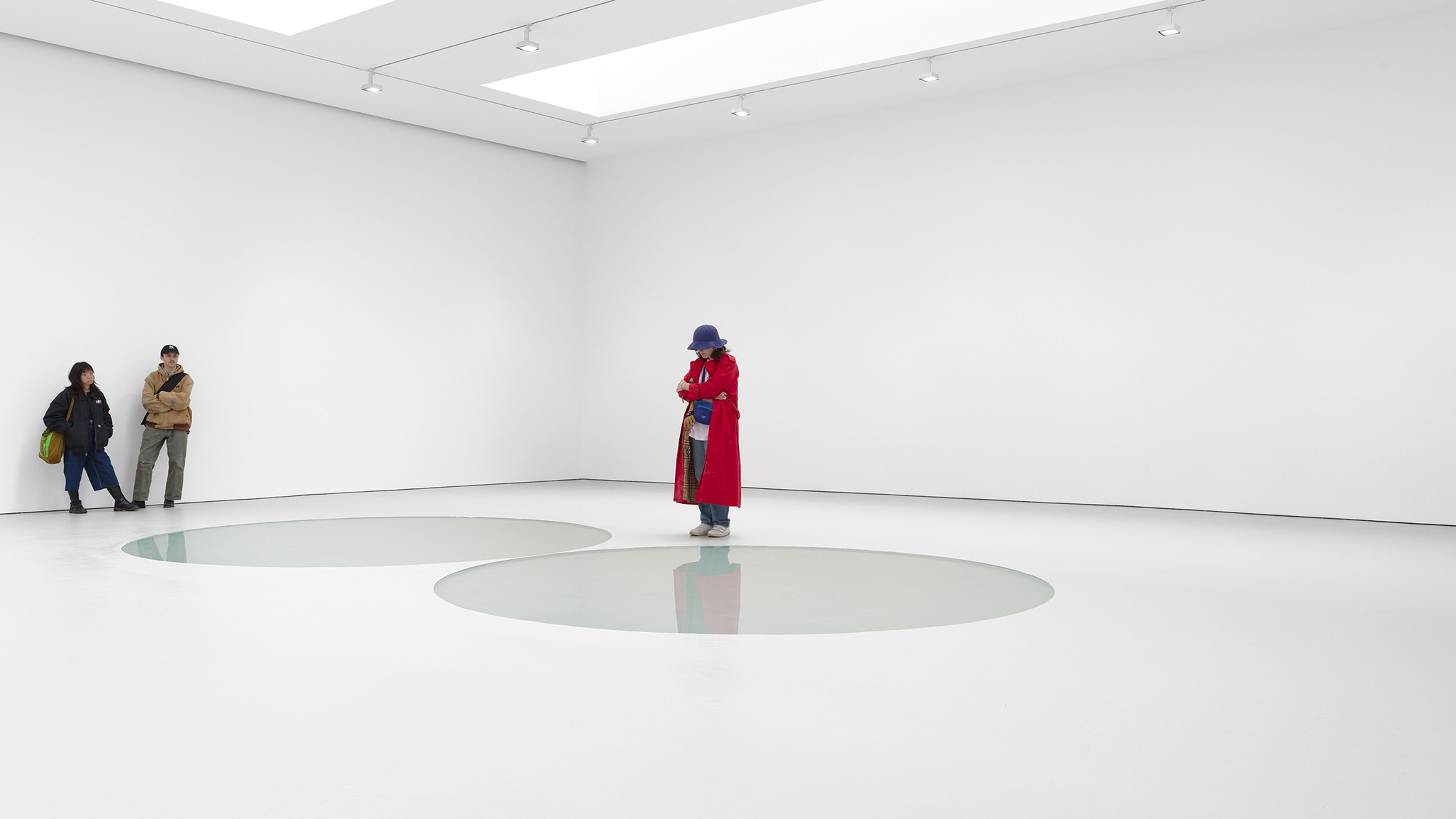
Installation view, Felix Gonzalez-Torres, "Untitled" (Sagitario), 1994-1995 installed in Felix Gonzalez-Torres, David Zwirner, New York, 2023
Twinned and paired objects—including mirrors, clocks, photographs, and lightbulbs, among others—recur as one of the significant motifs in Gonzalez-Torres’s oeuvre, evocative of the interconnection between sameness and difference, as well as relationality, equality, queer intimacy, loss, mortality and immortality. In their radical openness to interventions of site, audience, and context, Gonzalez-Torres’s works challenge perceived notions of what constitutes an exhibition space, a public, an artwork itself.
As curator and writer Robert Storr notes, “Most poignant of all these emblems of intimacy and incomplete mutuality are … twin electric clocks that touch … [but] also remain separate and self-contained.... Initially set to the identical hour, minute, and second, these low-tech, battery-powered time pieces gradually fall out of synch as they wind down, with one inevitably stopping before the other [The artist specified that the clocks be ideally installed above head height, and if one or both clocks stop completely, the clocks should be restarted and resynchronized]. The sting of this existential metaphor lies in the ordinariness of the devices that embody it and in the understated but inescapable implications of the growing discrepancy between the two animated surrogates the artist all too knowingly called ‘perfect lovers’.... Any and all possibilities are conceivable, and therein lies the work’s profound provocativeness.”

Felix Gonzalez-Torres, “Untitled,” 1992–1995. Glenstone Museum, Potomac, Maryland
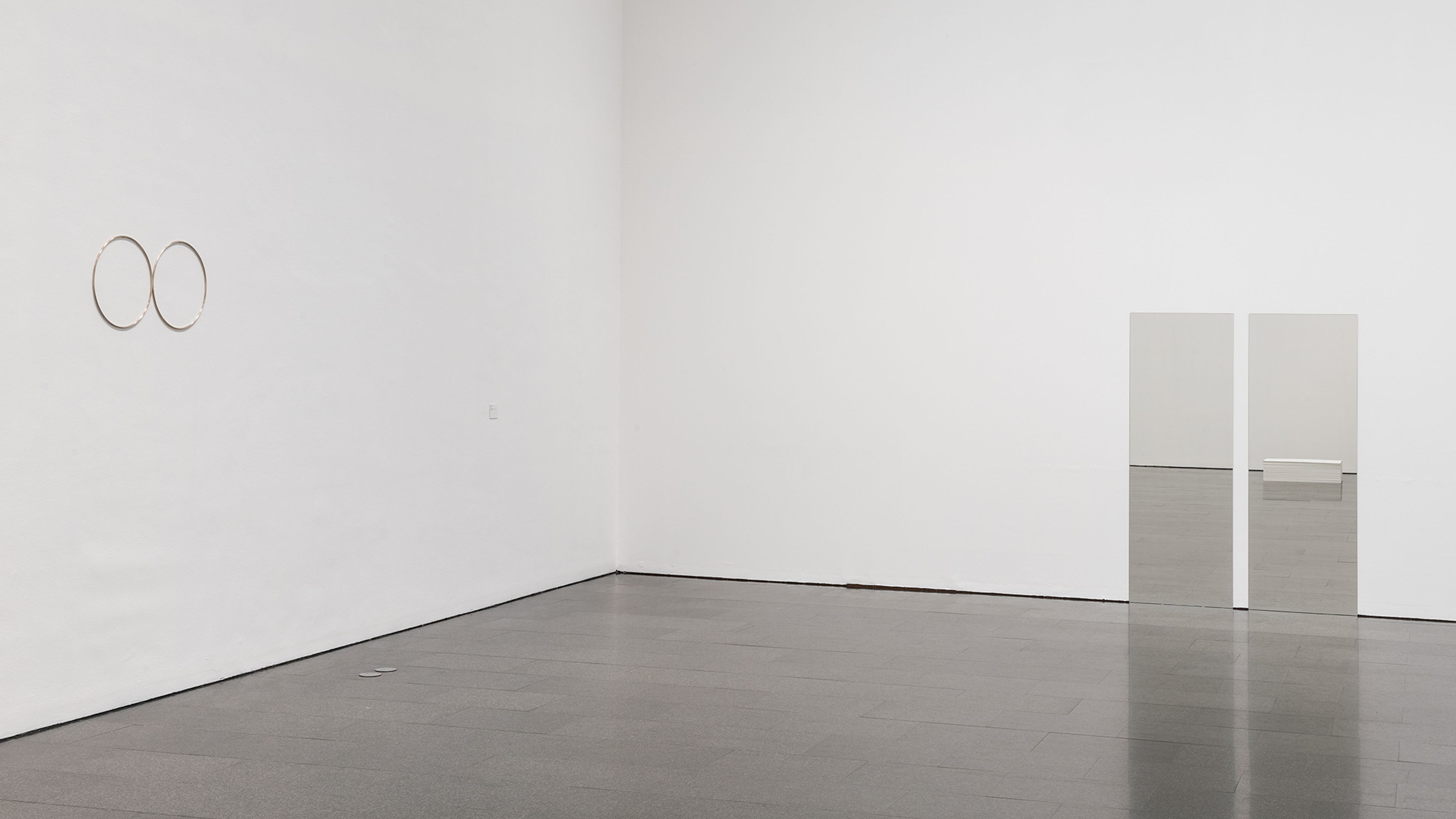
Installation view, Felix Gonzalez-Torres: The Politics of Relation, MACBA (Museum of Contemporary Art), Barcelona, 2021
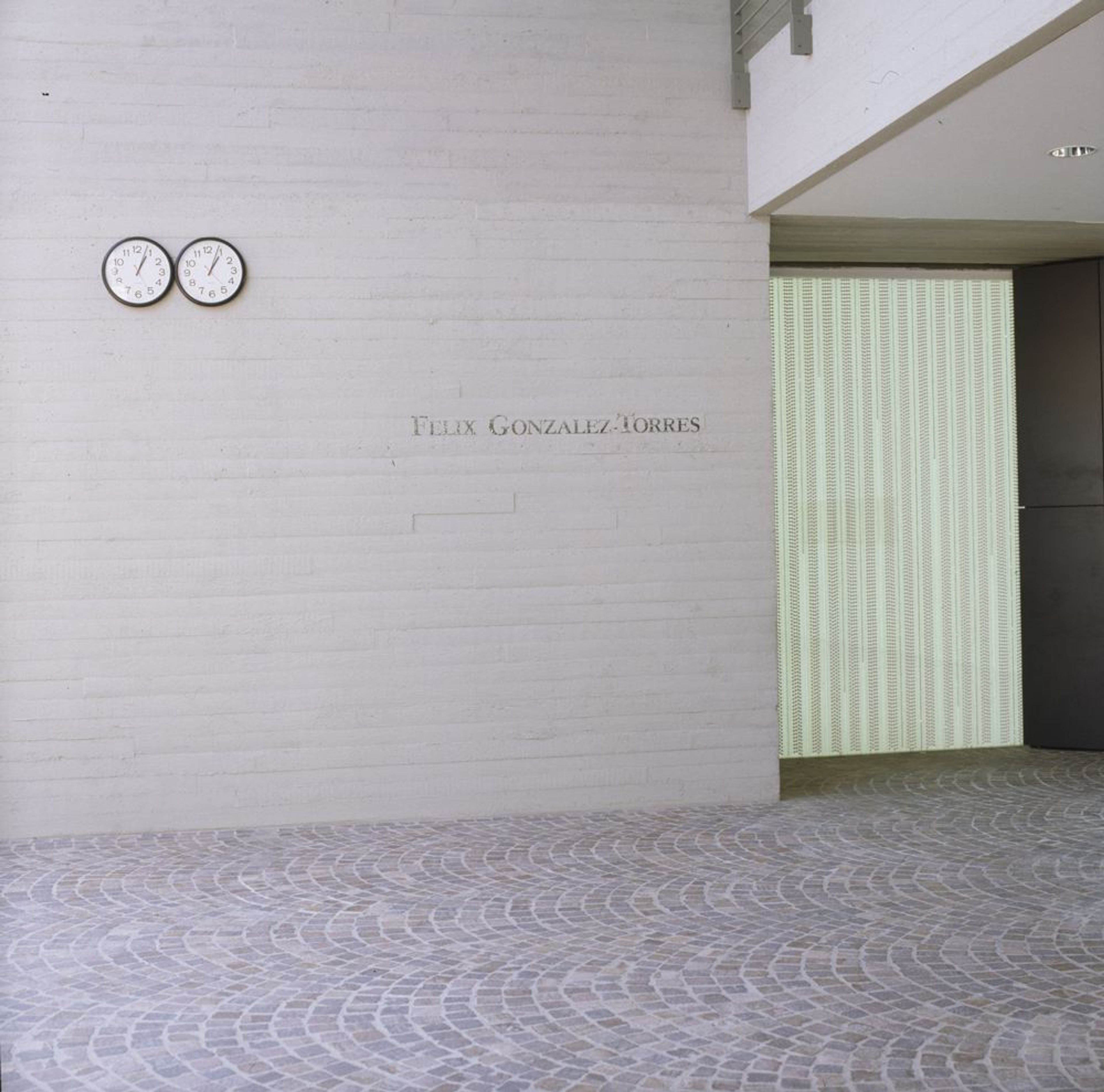
“Untitled” (Perfect Lovers), 1987–1990 installed in Felix Gonzalez-Torres, Sprengel Museum, Hannover, 1997
“The two readymade, battery-operated wall clocks of “Untitled” (Perfect Lovers) (1987–1990) had become more than five minutes out of sync. When I first noticed the difference, quite without thinking, I caught myself turning to my own watch to get the correct, actual time and verify which of the two clocks was ‘right.’ In that very moment, I understood how well Gonzalez-Torres’s twin clocks (which invariably differ in their time telling as an exhibition progresses, sometimes by mere seconds, sometimes by whole minutes) reveal a fundamental premise of the artist’s practice. It was something that all the readings I knew of that particular work, which speaks of couples and love and mortality, had somehow missed: two clocks, hopelessly telling two different times, cannot help but create the doubt that Gonzalez-Torres had so adamantly wished to instill in others—the questioning of the idea of any one absolute authority.”
—Elena Filipovic, curator
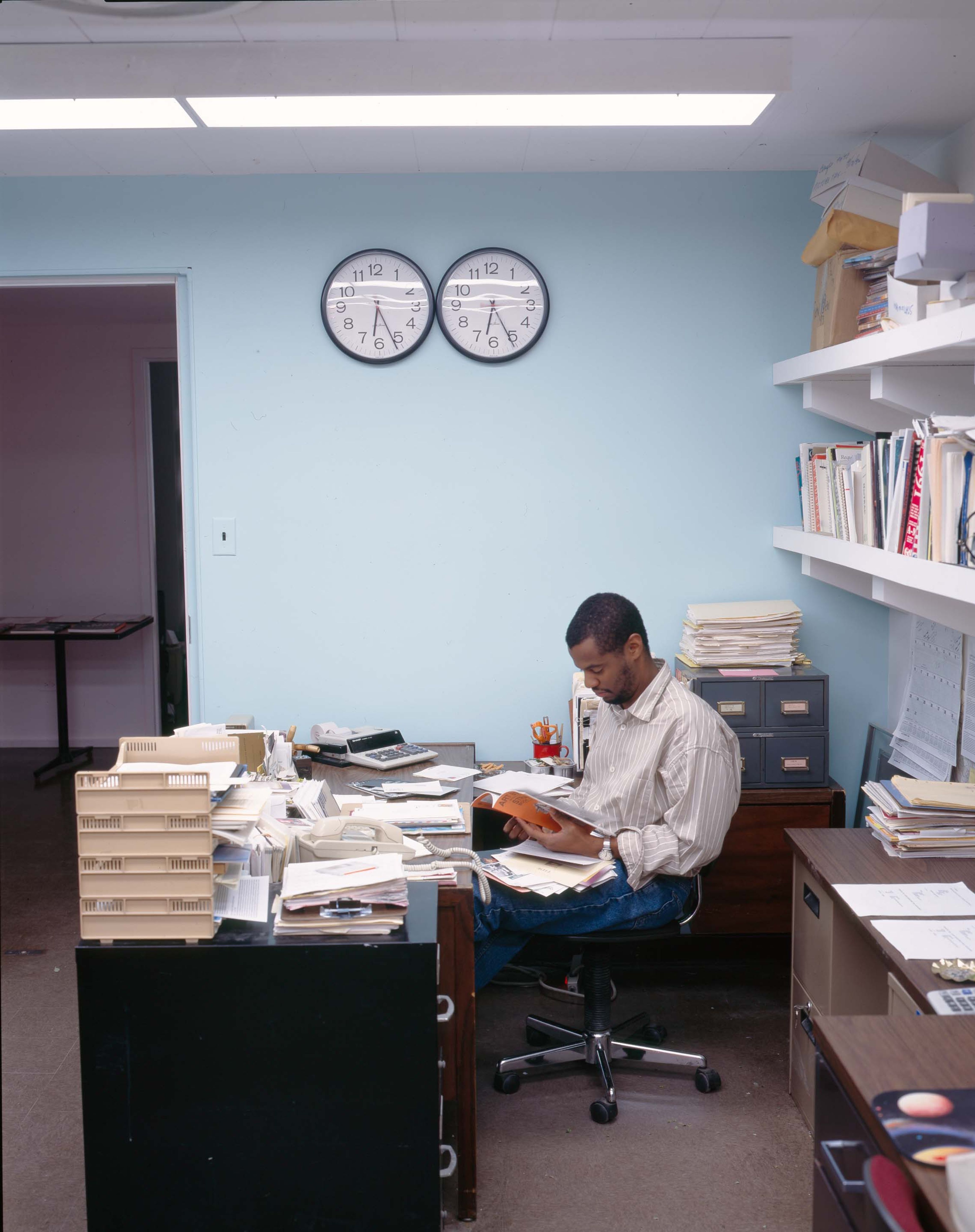
Installation view, Felix Gonzalez-Torres: Traveling, The Renaissance Society at the University of Chicago, 1994
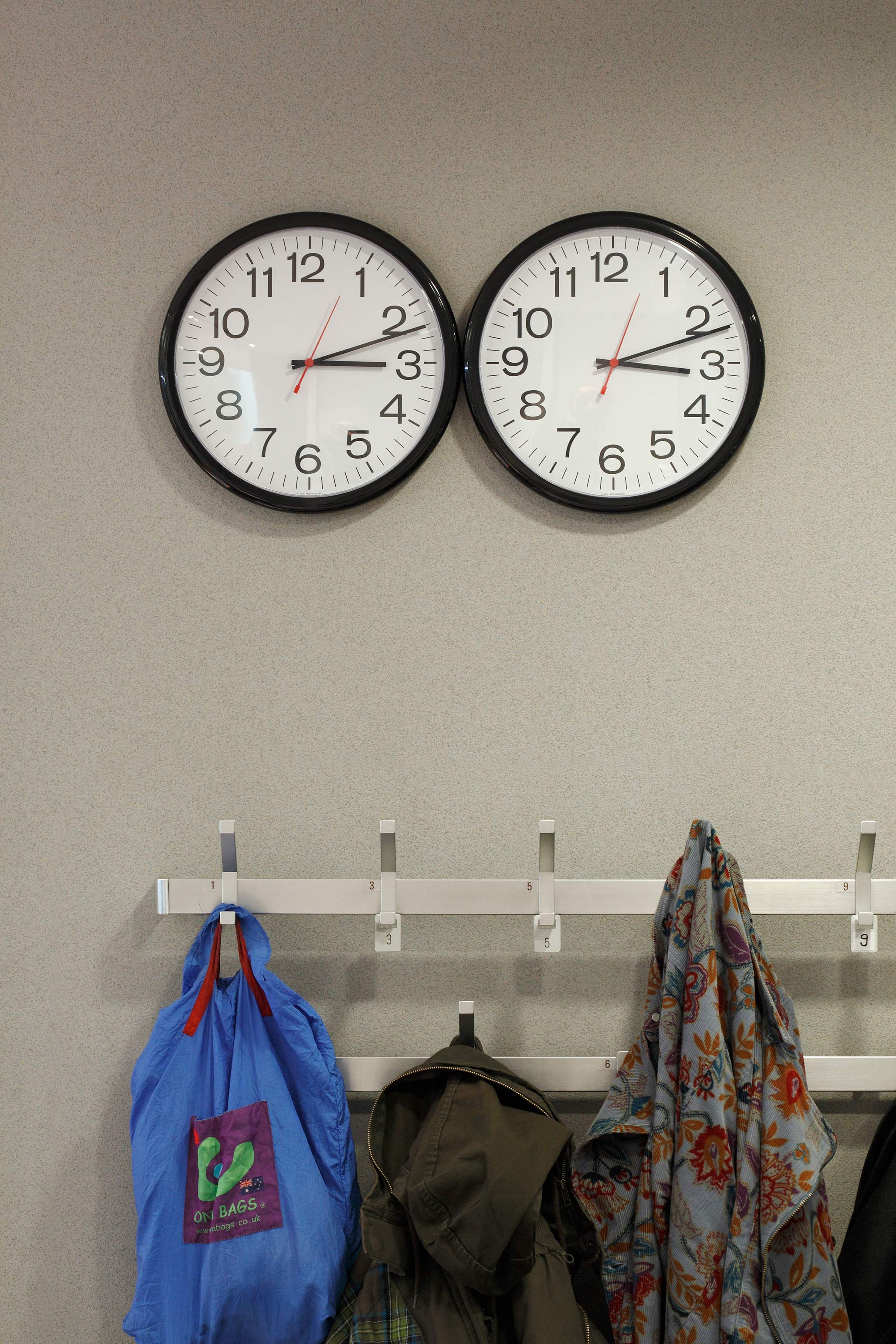
Installation view, Felix Gonzalez-Torres: Specific Objects without Specific Form, MMK Museum für Moderne Kunst, Frankfurt, 2011. Photo by Axel Schneider. Image courtesy of MMK Museum für Moderne Kunst
“My heart still aches whenever I see the two synchronized clocks of “Untitled” (Perfect Lovers)…. For me there is no other artist who affects so much with so little, and it remains stunning that profound emotional intensity can be evoked by such spare forms.”
—Joe Scanlan, artist and critic
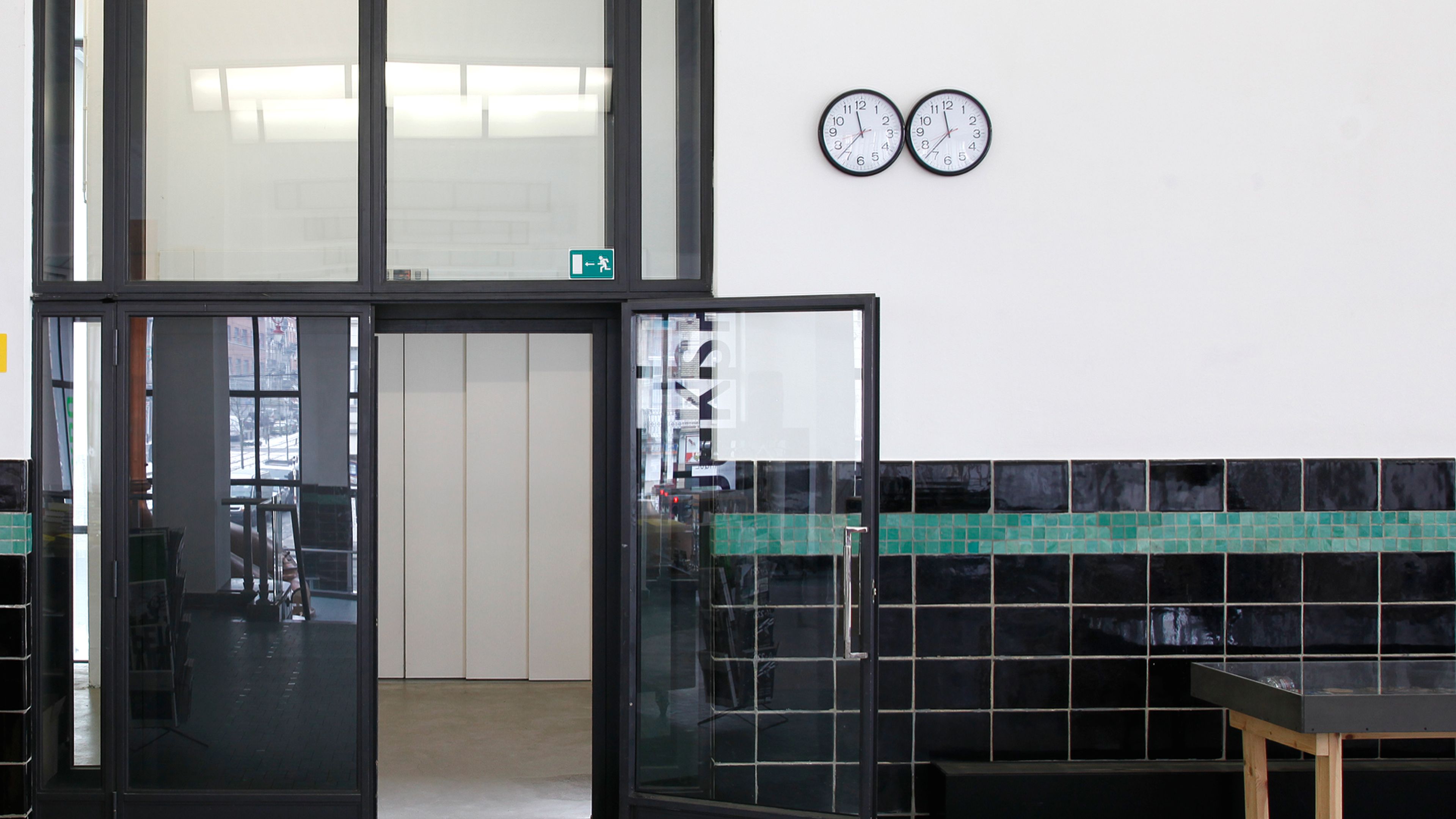
Installation view, Felix Gonzalez-Torres: Specific Objects without Specific Form, Wiels Contemporary Art Centre, Belgium, 2010
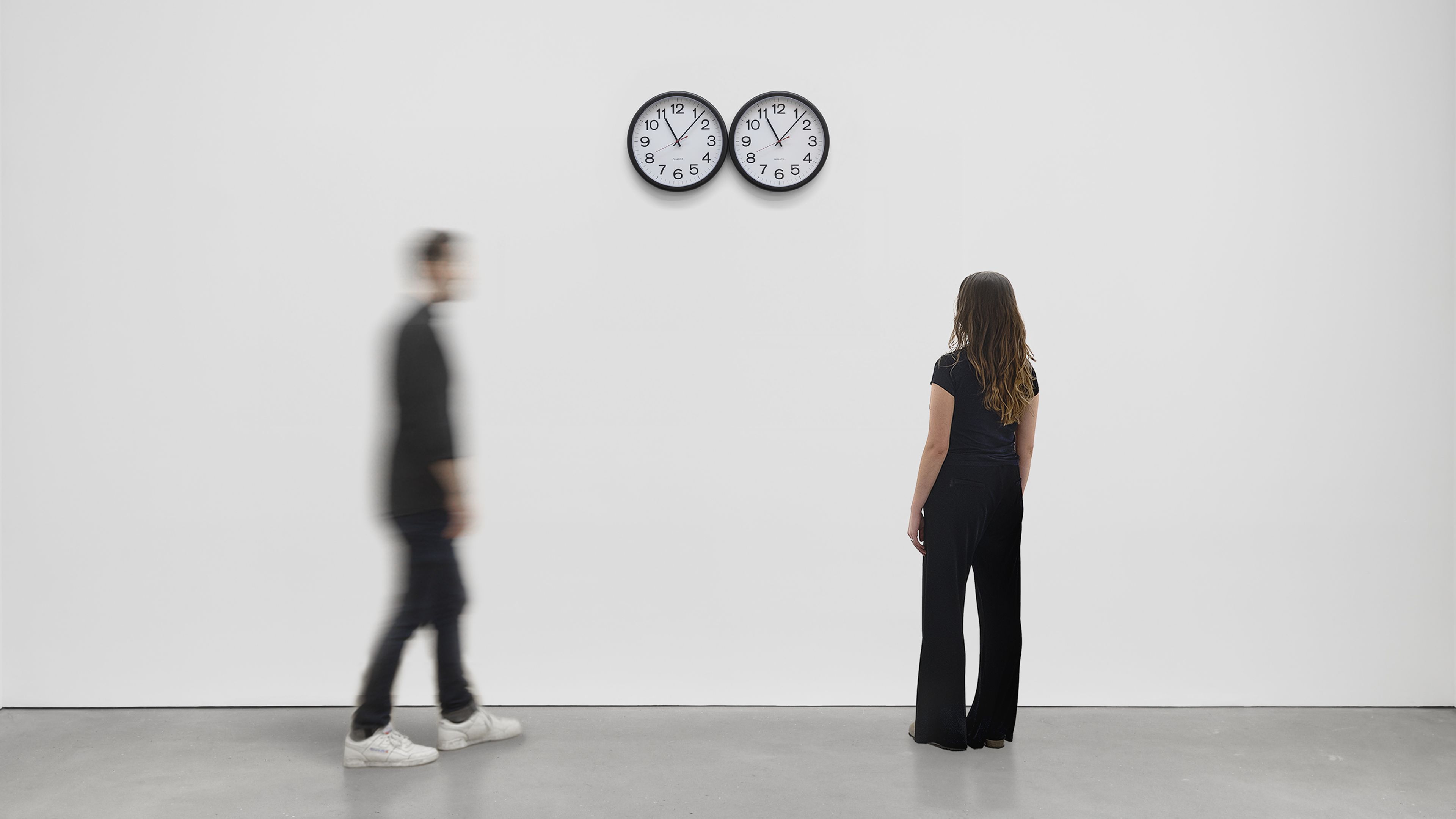

David Zwirner at Art Basel
